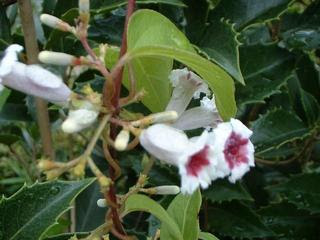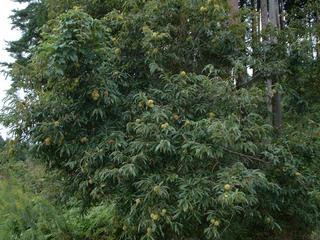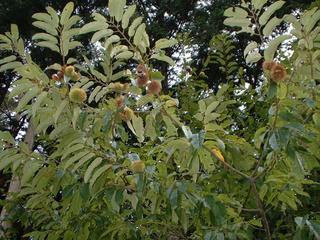"Hari no Ten" by KITAMURA Kaoru

The author, KITAMURA Kaoru, is one of my favorite writers. His first book was the key to start reading books for me.
This book contains three consecutive stories; "Maboroshi no Hashi" (illusion of a bridge), "Soufuren" (a song played by old instruments of Japanese style), and "Hari no Ten" (glass ceiling) - the title one. And this is the second book of Bekki-san's series. It is in the early Syouwa period (around 1933), and Bekki-san is a nickname of Ms. Bekku - a driver of Hanamura family. She takes Eiko - the daughter of Hanamura family - to her school every day, and sometimes makes a good advice for various mysterious things which happen around Eiko. And at last the origin of Bekki-san appears at the end of this book!
(Finished reading on Oct.23, 2007)
The more detailed Japanese version of this article is here!
Japanese character(s) (kanji)
* KITAMURA Kaoru : 北村薫
* Hari no Ten : 玻璃の天
* Maboroshi no Hashi : 幻の橋
* Soufuren : 想夫恋
Labels: book, Hari no Ten, Japanese, KITAMURA Kaoru



















































